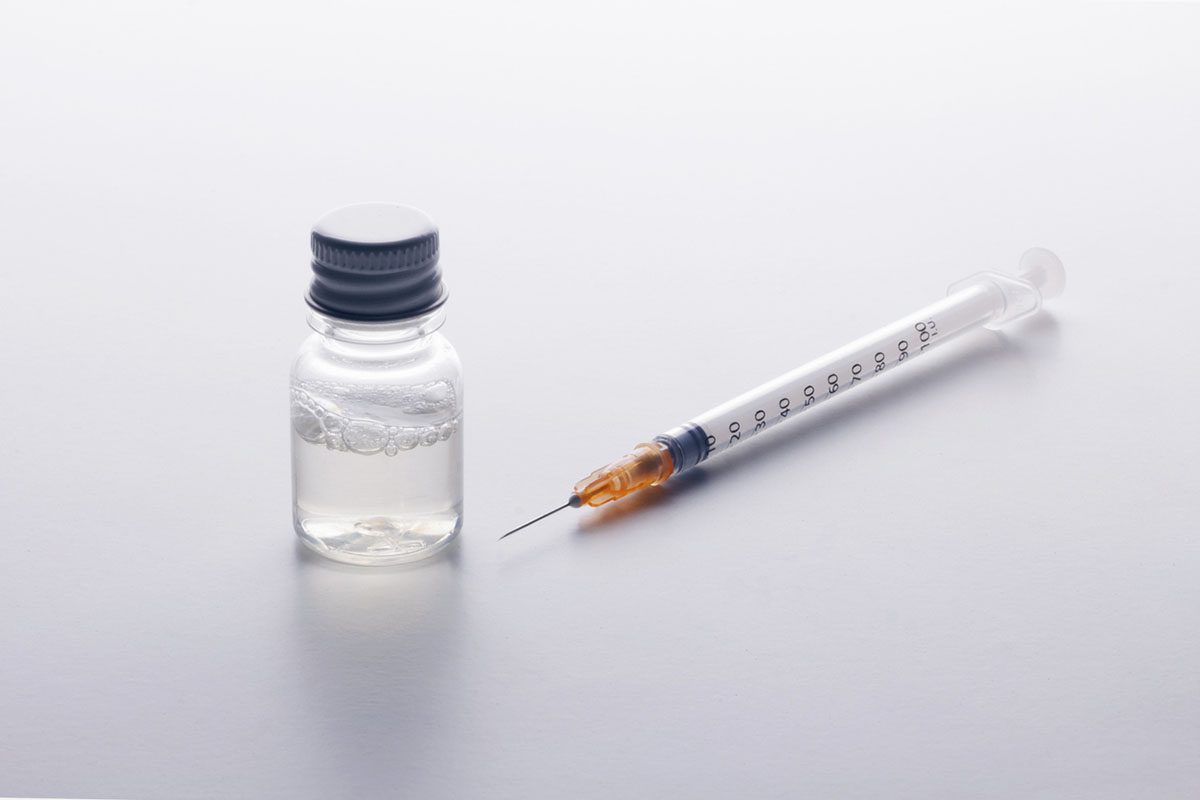See reply by Sanchez-Gistau and Castro-Fornieles and related article by Sanchez-Gistau et al.
Predictors of Suicide Attempt in Early-Onset Psychosis: Methodological Issues and Concerns
To the Editor: With reference to the recent article by Sanchez-Gistau et al,1 we wish to discuss a few methodological issues and concerns not previously discussed regarding the study limitations.
Our first issue regards the suitability of some instruments (Positive and Negative Syndrome Scale [PANSS], [Hamilton Depression Rating Scale [HDRS]) for the study sample (aged 9-17 years) in view of their questionable or unknown validity in child and adolescent populations. The authors have not commented on this; however, the cross-referenced parent study indicates that adult scales were used for adolescent patients to act as a baseline comparison in their longitudinal cohort study.2 However, in the absence of validity, their use in a younger population at least for the purpose of present study does not seem to be justifiable. Instead, the assessments might have been done using the Kiddie-PANSS3 for psychotic symptoms, Children’s Depression Rating Scale4 for depressive symptoms, or other age-appropriate instruments. An additional limitation is that the Schedule for Affective Disorders and Schizophrenia for School-Age Children-Present and Lifetime Version (K-SADS-PL) was simply translated into Spanish and not validated further for use.
Second, there were only 3 assessments in total, viz, baseline, 1-year, and 2-year (T0, T1, and T2), which appear to be too infrequent for a study with suicidality as a primary outcome. The intervening 1-year period was accounted for by only a single question ("Have you attempted suicide since the last visit?"). The use of repeated measures (eg, 3- or 6-monthly) and corroboration from family members or clinical records might have increased the robustness. Third, more than 80% of the sample was recruited from hospitalized patients, which indicates a sample that has a higher severity of illness at baseline, thereby influencing the generalizability of results.
Fourth, the reported scores on the Hollingshead-Redlich Scale (2.6 ± 1.2; see Table 1 in the article) appear to be inexplicable, as the minimum possible score on this scale is 11: both factors of this scale are assessed on a Likert scale from 1 to 7 and then their weighted values (×— 7 for "occupation" and ×— 4 for "education") are summed, giving a possible range from 11 to 77.5 This standard scoring has been widely used in other scientific studies.6
From a statistical perspective, a few points need to be mentioned. The confidence intervals for each of the 3 variables for which logistic regression analysis showed significant differences (see Table 2 in the article) are quite wide, pointing to a large standard error. In the multivariate model, there is no mention of correction of P values, which could have been adjusted using Bonferroni or Å idák correction. Finally, there were too few positive observations (n = 10) in the dichotomous dependent variable; hence, the findings of regression analysis should be treated as exploratory and need replication in future studies.
Indeed, the study adds to the limited literature on suicidality in early-onset psychosis, and the findings are of clinical and public health significance. However, these findings should be interpreted in the light of the methodological limitations summarized above.
References
1. Sanchez-Gistau V, Baeza I, Arango C, et al. Predictors of suicide attempt in early-onset, first-episode psychoses: a longitudinal 24-month follow-up study. J Clin Psychiatry. 2013;74(1):59-66. PubMed doi:10.4088/JCP.12m07632
2. Castro-Fornieles J, Parellada M, Gonzalez-Pinto A, et al; CAFEPS group. The child and adolescent first-episode psychosis study (CAFEPS): design and baseline results. Schizophr Res. 2007;91(1-3):226-237. PubMed doi:10.1016/j.schres.2006.12.004
3. Fields JH, Grochowski S, Lindenmayer JP, et al. Assessing positive and negative symptoms in children and adolescents. Am J Psychiatry. 1994;151(2):249-253. PubMed
4. Poznanski EO, Grossman JA, Buchsbaum Y, et al. Preliminary studies of the reliability and validity of the Children’s Depression Rating Scale. J Am Acad Child Psychiatry. 1984;23(2):191-197. PubMed doi:10.1097/00004583-198403000-00011
5. Hollingshead AB, Redlich FC. Social class and mental illness: a community study. 1958. Am J Public Health. 2007;97(10):1756-1757. PubMed doi:10.2105/AJPH.97.10.1756
6. Cooper DC, Mills PJ, Bardwell WA, et al. The effects of ethnic discrimination and socioeconomic status on endothelin-1 among blacks and whites. Am J Hypertens. 2009;22(7):698-704. PubMed doi:10.1038/ajh.2009.72
Author affiliations: Department of Psychiatry and National Drug Dependence Treatment Centre, All India Institute of Medical Sciences (AIIMS), New Delhi, India.
Potential conflicts of interest: None reported.
Funding/support: None reported.
J Clin Psychiatry 2013;74(12):1264 (doi:10.4088/JCP.lr08556).
© Copyright 2013 Physicians Postgraduate Press, Inc.




